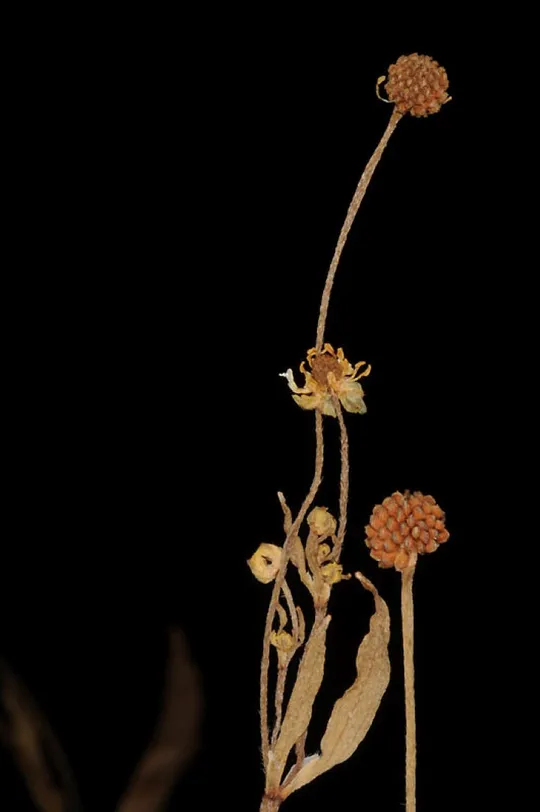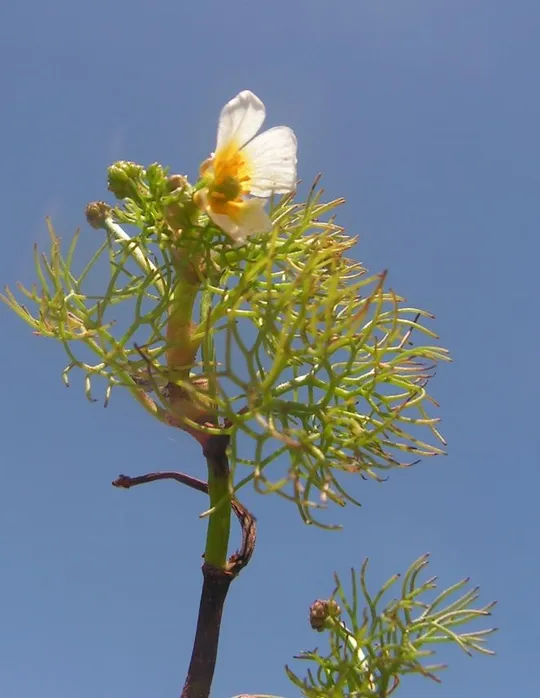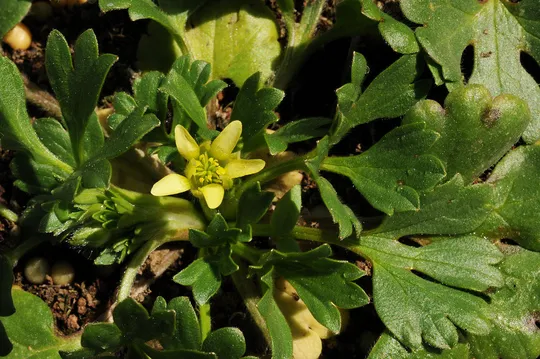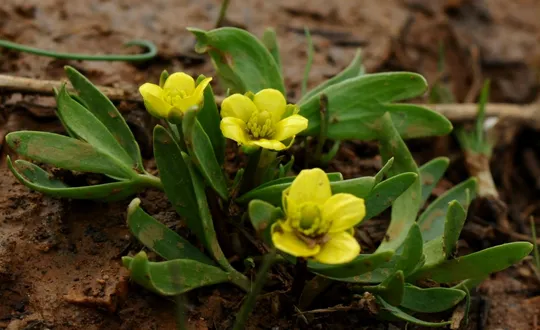Fennel-leaved Buttercup, Thread-leaved Water Crowfoot
Ranunculus trichophyllus
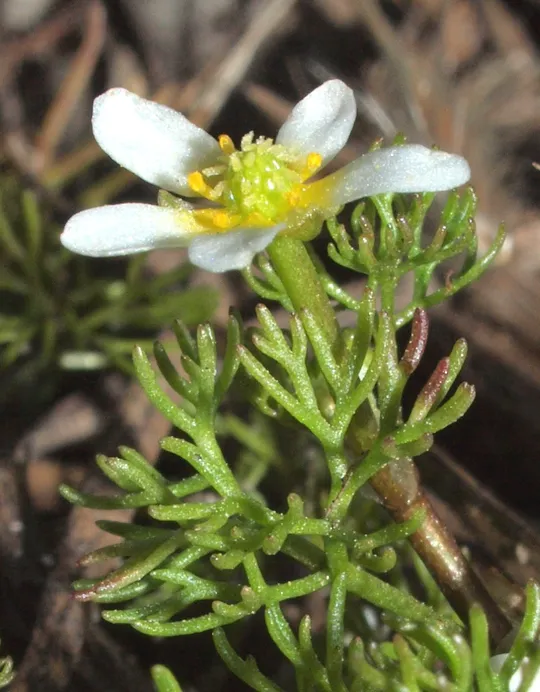
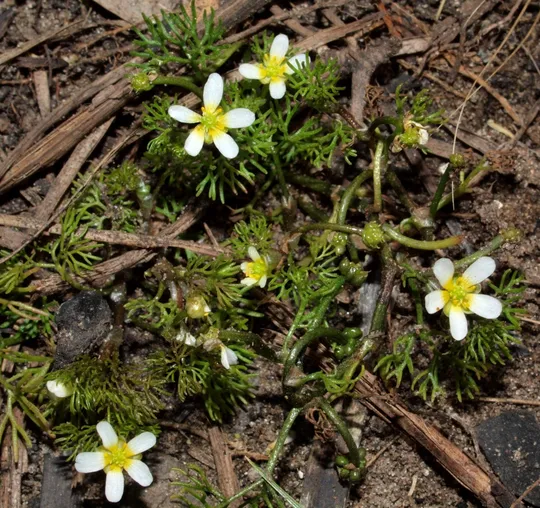
Ranunculus trichophyllus is currently known
from two regions: the Golan Heights and the Sharon, at only one site in each
region, but it may exist at another two sites. In the Golan Heights it was
observed in Gamla and there are additional observations from the Ha’emir ruins
and Kel’a, but they are doubtful. Hagar Leshner and Rüdiger Prasse
first discovered R. trichophyllus in the Dora Pond in the Sharon, as a new species for the region in
2007. Shir Vered who observed R. trichophyllus plants growing there
on the exposed mud confirmed this finding. The species was observed at the same
site and collected in 2008-9, but not in 2010. The additional observations from
En Afek in the Acre valley and from Mount Keta in the lower Hermon segment are
uncertain.
Streams, springs
and seasonal pools.
For the genus – see Ranunculus ophioglossifolius and R. sphaerospermus.
R. trichophyllus belongs
to the group of submersed Ranunculus species that have white flowers and are
close to R. peltatus, R. sphaerospermus and R.
saniculifolius.
·
Ranunculus trichophyllus is found with
certainty at only two sites in two regions. The discovery of the plant in
regions from which it had not been previously collected and observed (the Sharon)
should not be seen as an expansion of its range, but rather as the result of
thorough searching.
·
The desiccation and pollution of
wetlands and seasonal ponds constitute the main threat to the continued
existence of the species.
·
The sites in the Golan Heights are in the
Yahudiya and Gamla nature reserves. The possible site at En Afek is in the
reserve.
·
The plant is common in all countries in
its range and is endangered only in Israel.
Every effort should
be made to declare the Dora Pond a nature reserve, to prevent its desiccation
and changes to its water regime and to protect it from pollution. In addition, long-term
monitoring of Ranunculus
trichophyllus should be conducted. This is true for other unique
species that grow in the pond as well. Comprehensive surveys should be conducted
in permanent and seasonal water bodies to verify the existence of additional
populations in Israel.
Ranunculus trichophyllus is found in Europe,
North Africa and Western Asia. In the Mediterranean Basin it grows in all the
countries surrounding the sea: Spain, France, Italy, the former Yugoslav
countries, Albania, Greece, Bulgaria, Turkey, Syria, Lebanon, Israel, Egypt
(along the Nile), Libya, Tunis, Algeria and Morocco. It also grows in Portugal.
In the Mediterranean islands, it grows in the Balearic Islands, Corsica,
Sardinia, Sicily, Malta, and Crete and in the eastern Aegean islands.
Ranunculus
trichophyllus is an extremely rare submersed aquatic plant in Israel that is endangered because of its rarity and
because of the great threat to its wetland habitats. It is not globally
endangered.
Current Occupancy Map
| 1000 squre meter pixel | 5000 squre meter pixel | 10000 squre meter pixel | |
|---|---|---|---|
| number of observations | 0 | 0 | 0 |
| in total pixels | 0 | 0 | 0 |
| Family | Ranunculaceae |
| Classification | On the endangered species list |
| Ecosystem | Mediterranean humid |
| Chorotype | Holartic |
| Conservation Site | Dora Pond, Rehovot Pond |
| Rarity |
1
6
6
|
|---|---|
| Vulnerability |
0
2
4
|
| Attractiveness |
0
0
4
|
| Endemism |
0
0
4
|
| Red number |
1
4.2
10
|
| Peripherality | 0 |
| IUCN category | DD EW EX LC CR EN VU NT |
| Threat Definition according to the red book | Endangered |
 Based on:
Based on:
